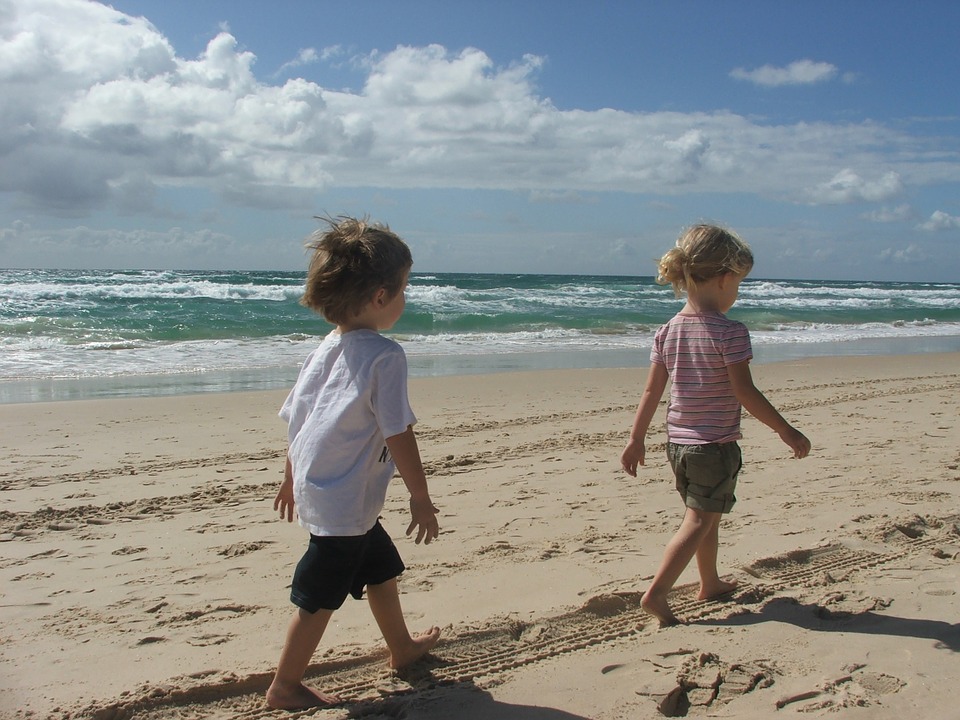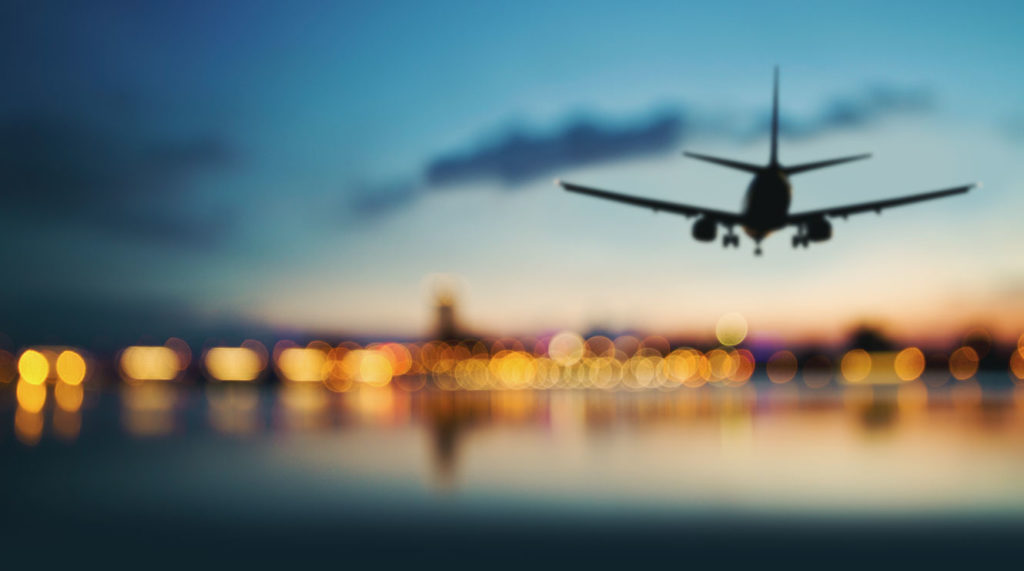
Australia is a great place for kids. In HSBC’s raising children abroad survey it was ranked as the ninth best country for expats to raise families. Here is a look at some factors which make Australia the perfect family destination.
Weather
The weather in Australia is generally mild. It is greatly influenced by the oceans which surround the continent on all sides. Winters are mild and the summers are warm. Only the uninhabited central interior of Australia has extreme weather. Most major cities are close to the coastline. Sydney (New South Wales), Melbourne (Victoria), Brisbane (Queensland), and Perth (Western Australia) exemplify this pattern. The temperature range in summer (December-February) is 20°C/68°F to 35°C/95°F. Winter temperatures (June-August) fluctuate between 3°C/37°F to 20°C/68°F. Australian houses don’t need central heating systems. This keeps the utility bills low. It also means that children are not trapped indoors during the winters, and can play outside.
Beaches and open spaces
Australians love to spend time outdoors. The weather allows it. Most cities are close to beaches. Bondi beach is a favorite of Sydney residents. It is merely 7 km from the city center, which is about a 15 minute drive. In Melbourne, St Kilda is one of the closest and most colorful beaches, just 6 km from the city center. Colmslie Beach Reserve is one of the best beaches for kids. It has a playground, dog park, and sand ideal for making castles. It is only 9 km from Brisbane city. Scarborough Beach in Perth is 14 km from the city center. The beachfront is lined with ice cream kiosks, restaurants, and cafes.
Most of Australia gets plenty of sunshine. Of the major cities Perth is the sunniest with an average of 8 hours of sunlight per day. Melbourne is the least sunny with 6 hours of sunlight per day. Kids get to play outside and explore nature.
Quality food
The weather in Australia is also great for farming crops such as wheat, canola, oats, pulses, sorghum, and barley. Australia is a net exporter of many fruits and vegetables. Supermarkets feature fresh and affordable produce. Many Australians love to grow their own food. Peas, spinach, tomatoes, carrots, cabbages, and fruit trees are popular backyard plants. With the average house measuring 214 sqm, Australians have plenty of space for this healthy hobby.
Family Tax Benefit
Many professionals come to Australia for work, often without their families. Their priority is to send international money transfers to support their loved ones back home. However, bringing your family here is also a good idea. The Australian government extends social security benefits to families. The Family Tax Benefit is a payment made by the government to families based on the number of children. It is so called because the amount paid is based on the family’s total annual taxable income. Annually the Australian government spends a few billion dollars to assist families with the cost of child care. There are also various free government programs such as parent help centers. Some of these run helplines for parents who need advice and parenting support.
Healthcare
The National Immunization Program (NIP) funds some routine immunizations for kids against measles-mumps-rubella (MMR), diphtheria-tetanus-whooping cough (pertussis), polio, chickenpox (varicella) and influenza. Medicare provides free high quality healthcare to kids in the country. New Zealand citizens, permanent residents, and temporary residents in Australia are covered under Medicare by paying a ‘Medicare levy’. This is a small percentage of their annual incomes.
Public education
Education is an important influencing factor which makes Australia attractive to migrant families. Australia offers free education at public schools. Some expats prefer to send their kids to private schools like St. Catherine’s, Sydney NSW, or MLC School. The tuition fees at well-established private schools in the country can be AUD 18,000-$41,000 per year.
The tuition fee at most Australian universities is from AUD $15,000-$33,000 per year for undergraduate degree. Australia is home to some of the world’s best colleges. According to the Times Higher Education’s World University Rankings, the University of Melbourne and the University of Sydney are the best universities in Australia.
Outdoor activity
Australian cities have a profusion of playgrounds and parks to make the most of the weather. It maximizes outdoor play time for kids. Playing with other kids often helps children in new migrant families make friends and adapt to the country faster. Parks are also great for picnics and other family recreation.
Australians love to participate in outdoor sports. A 2006 Time Use Survey (TUS) suggests that Australians spend 19% of the day on recreation and leisure. Some of the popular sports include Cricket, Australian Football, and Rugby. Walks in the parks, swimming, and barbecue are also popular.
Cultural diversity
According to the Australian Bureau of Statistics there were over 7.5 million migrants living in Australia in 2019. About 25% of the migrants were from the UK. Others originated from New Zealand, China, Italy, and Vietnam. Brisbane is city with the largest migrant population. Melbourne and Sydney are not far behind.
About the author:
Hemant G is a contributing writer at Sparkwebs LLC, a Digital and Content Marketing Agency. When he’s not writing, he loves to travel, scuba dive, and watch documentaries.




